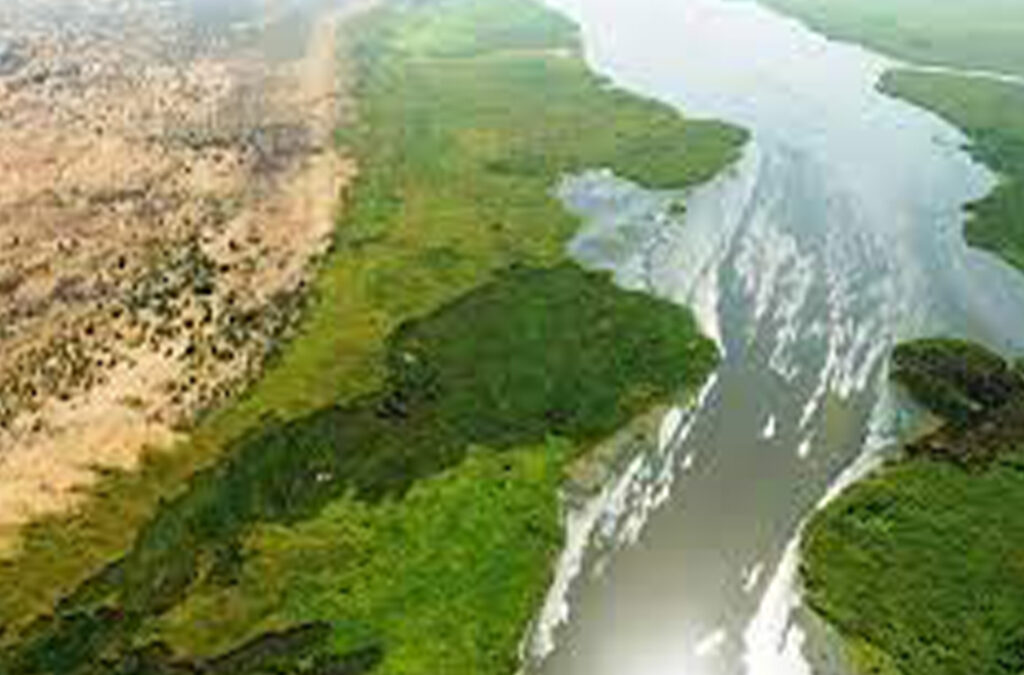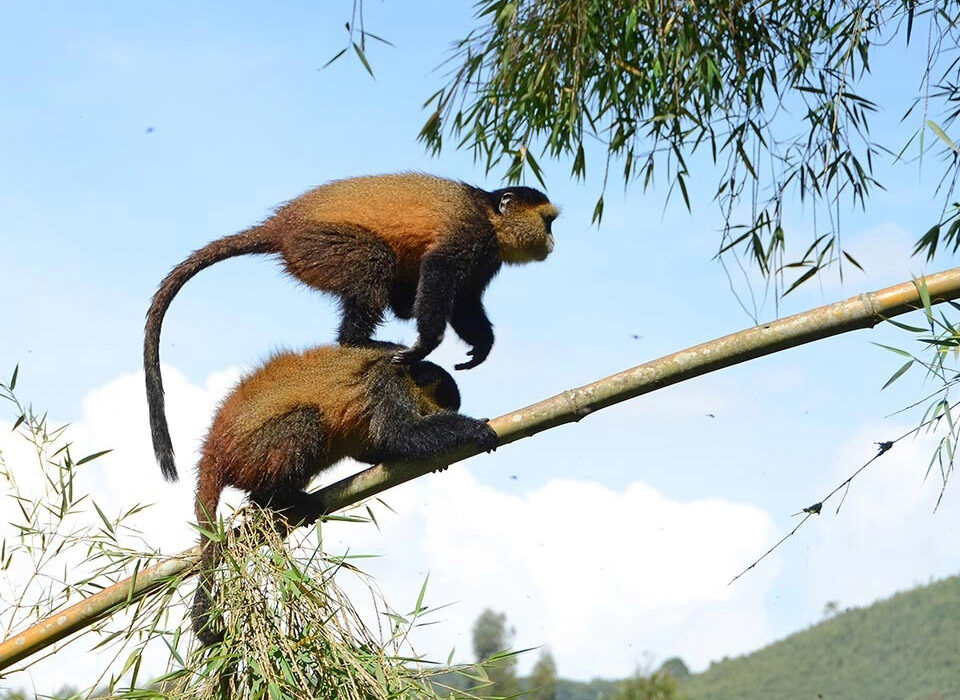
Best Time to Visit Zanzibar
July 3, 2025
Hiking Mount Muhabura
July 3, 2025The Swampy Lake Kyoga in Uganda

The Swampy Lake Kyoga in Uganda: A Hidden Gem of Nature and Culture
Deep in the heart of Uganda lies a body of water that holds stories whispered by reeds, songs echoed by birds, and a calmness that heals the soul. Lake Kyoga, surrounded by vast swampy vegetation and vibrant biodiversity, is more than just a lake. It is a pulse of life, a sanctuary of culture, and a quiet reminder of the delicate harmony between people and nature. While it may not enjoy the global spotlight like Lake Victoria or the Nile, Lake Kyoga’s charm lies in its mystery, stillness, and undisturbed beauty.
The Soul of Central Uganda
Lake Kyoga sits majestically in the central region of Uganda, acting as a natural connection between Lake Victoria in the south and the Nile River as it journeys northward. It stretches over an area of about 1,720 square kilometers and lies at an elevation of roughly 1,036 meters above sea level. Despite its vastness, it is relatively shallow, with an average depth of only 3 to 4 meters, and much of its surface is covered in papyrus swamps and floating vegetation. These swamps are not just scenic; they are ecological treasures, creating a lush wetland ecosystem that supports wildlife and human life in equal measure.
The Lifeline of Biodiversity
Lake Kyoga’s swampy environment provides a safe haven for a remarkable range of species. The lake and its surrounding wetlands are home to numerous bird species, including the rare and majestic shoebill stork, African fish eagles, kingfishers, herons, and cormorants. These birds attract bird watchers and researchers from across the world who come to witness the untouched splendor of one of Africa’s richest birding sites.
Additionally, Lake Kyoga supports various fish species, notably tilapia and Nile perch, although the introduction of the latter has sparked concerns about the balance of the aquatic ecosystem. Local fishermen depend on the lake for their daily catch, which sustains families and fuels small-scale local markets. The surrounding swamps also host reptiles, amphibians, and a variety of insects, each playing a vital role in maintaining the region’s ecological integrity.
The People of Kyoga
The lake is not only a natural habitat; it is also a cultural heartbeat for many communities. People from tribes such as the Iteso, Langi, and Bagwere live around the lake and rely on it for fishing, farming, and transport. The lake’s swampy nature makes it challenging for larger boats, so locals often navigate its intricate channels using wooden canoes, which have been used for generations.
Local legends and songs often reference the lake, giving it a mystical place in the hearts of the people. In many of these communities, the lake is considered sacred. Elders recount stories passed down through generations, of ancestors who lived harmoniously with the waters and of spirits believed to dwell in the dense swamps.
Farming near the swamp edges is a common practice, where crops such as rice, maize, and millet thrive in the fertile soils. However, the communities also face challenges from seasonal flooding, which sometimes displaces families and destroys crops. Despite this, their resilience continues to shine, and their connection to the land and water remains strong.
Navigating Nature’s Challenges
Lake Kyoga’s swampy nature creates both beauty and difficulty. Because of the dense vegetation and low depth, water transport is often slow and restricted. During rainy seasons, floating papyrus mats sometimes shift and block navigation routes. These mats can extend over large areas, creating temporary islands that even locals find hard to predict.
Additionally, the lake has been affected by environmental changes such as climate variability, overfishing, and the spread of invasive plant species like the water hyacinth. These challenges threaten the delicate balance of life within and around the lake. However, community-based conservation efforts and support from environmental organizations are slowly making a difference. Local fishermen now participate in sustainable fishing practices and some areas have adopted wetland conservation programs aimed at restoring degraded zones.
An Untapped Tourism Opportunity
Although not as famous as other Ugandan lakes, Lake Kyoga has immense potential for ecotourism. Its birdlife, rich cultural background, and tranquil waters make it an ideal location for travelers seeking off-the-beaten-path experiences. Bird watchers, nature photographers, and cultural tourists can all find something uniquely enchanting around Lake Kyoga.
Travelers can explore the lake using traditional canoes, guided by locals who know every bend of the swampy inlets. Watching the sun set over the water as birds fly back to their nests is a magical experience that speaks directly to the heart. Visitors can also engage with local communities, learning about their customs, music, and stories that center on the lake’s importance in daily life.
Camping, fishing tours, and village homestays could form part of a broader ecotourism initiative that brings both economic benefit to the locals and conservation awareness to visitors. The lake remains largely unexplored by mainstream tourism, making it a perfect destination for those looking for authenticity and peace.
Lake Kyoga’s Role in Uganda’s Water System
Hydrologically, Lake Kyoga plays a central role in Uganda’s water system. It is part of the great Nile River basin, and the Nile flows through the lake from Lake Victoria before continuing its journey toward Lake Albert. As a central reservoir, Lake Kyoga helps regulate the flow of the Nile, especially during periods of heavy rainfall.
The swampy wetlands that surround the lake act as natural filters, purifying water and supporting groundwater recharge. This function is critical for maintaining the quality of freshwater in central Uganda and contributes to regional water security. Protecting Lake Kyoga means protecting an entire chain of ecosystems that connect central, eastern, and northern Uganda.
A Call to Protect and Preserve
Now more than ever, the need to preserve Lake Kyoga is urgent. While its swamps may seem impenetrable and wild, they are fragile ecosystems that depend heavily on responsible human interaction. The balance between utilization and conservation is delicate. Yet, it is achievable.
Efforts must continue to educate communities about sustainable fishing and farming. Wetland protection laws should be enforced, and alternative livelihoods promoted to reduce pressure on natural resources. Equally important is the inclusion of Lake Kyoga in Uganda’s national tourism and conservation agenda.
If nurtured properly, the swampy lake could emerge as a symbol of natural harmony and human resilience a reminder that even the quietest places on Earth carry stories of beauty and survival worth telling.
Final Thoughts
Lake Kyoga may not roar with the drama of waterfalls or boast the grandeur of deep oceans, but its quiet whispers speak volumes. It is a lake that breathes with life, surrounded by the swaying dance of papyrus and the songs of birds at dawn. It holds deep cultural roots and sustains generations with its bounty.
Visiting or learning about Lake Kyoga awakens a deep sense of respect for nature’s less obvious wonders. In a world moving too fast, places like this remind us to slow down, listen, and reconnect with the rhythms of the Earth. Lake Kyoga is not just a swampy lake in central Uganda. It is a living story, waiting to be experienced and cherished.


